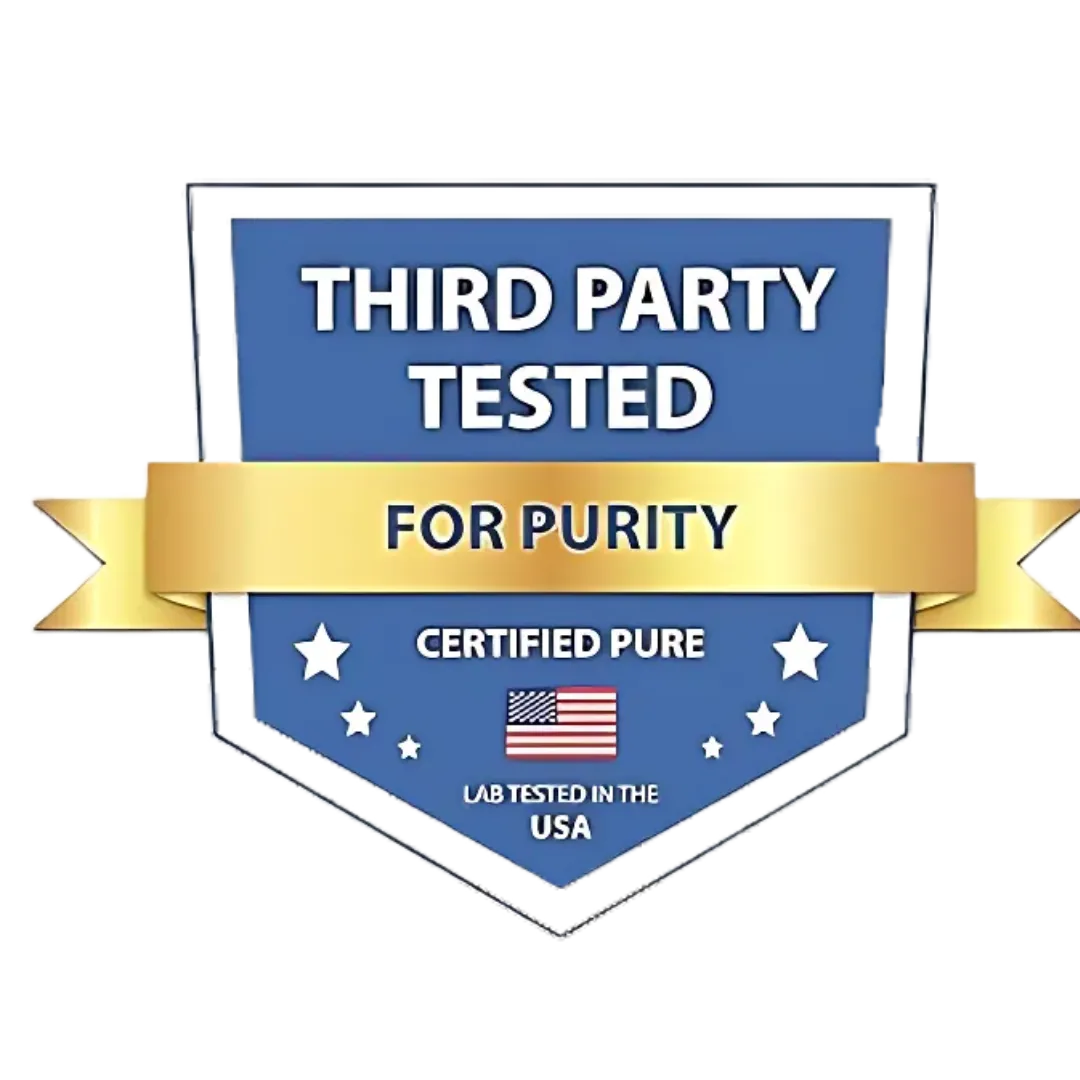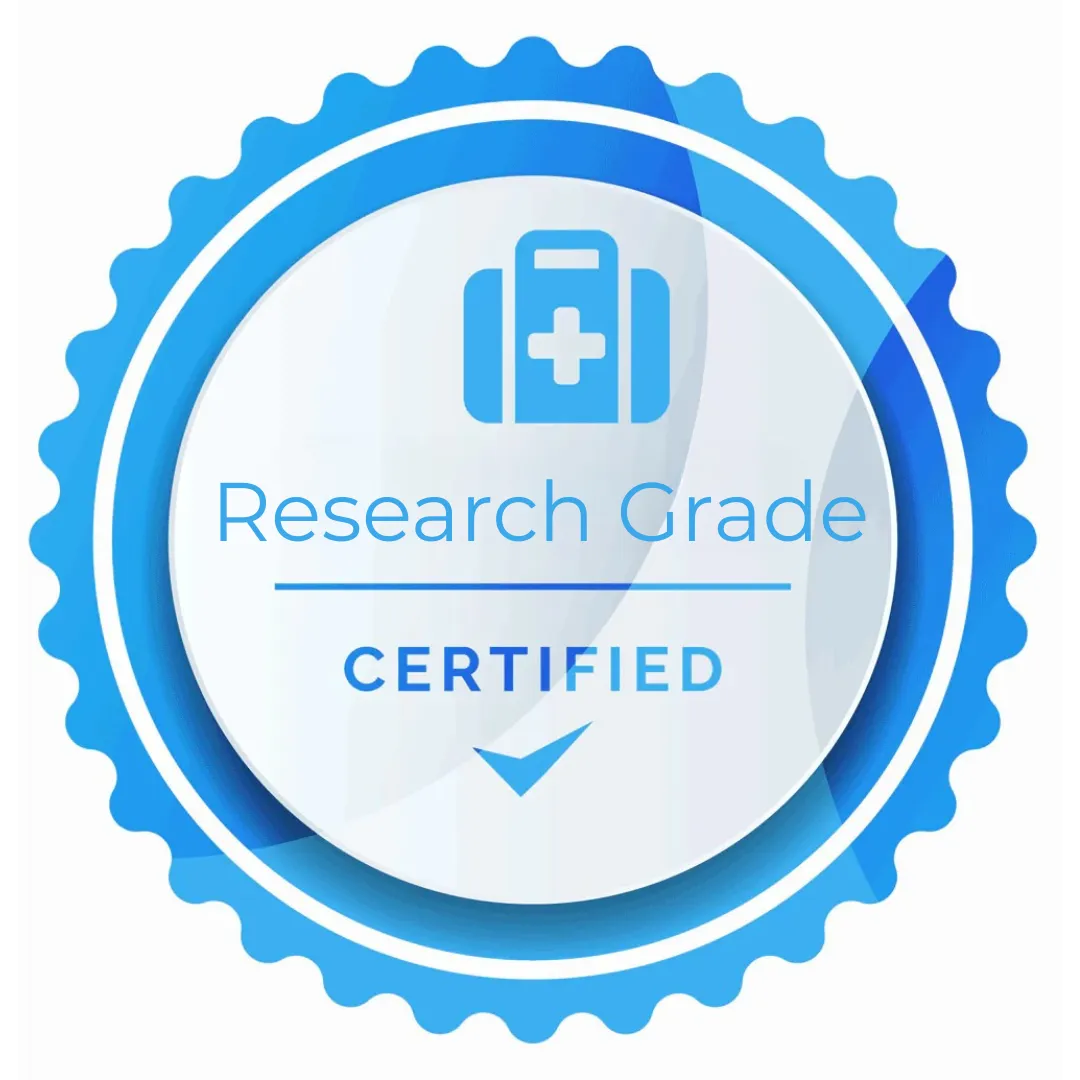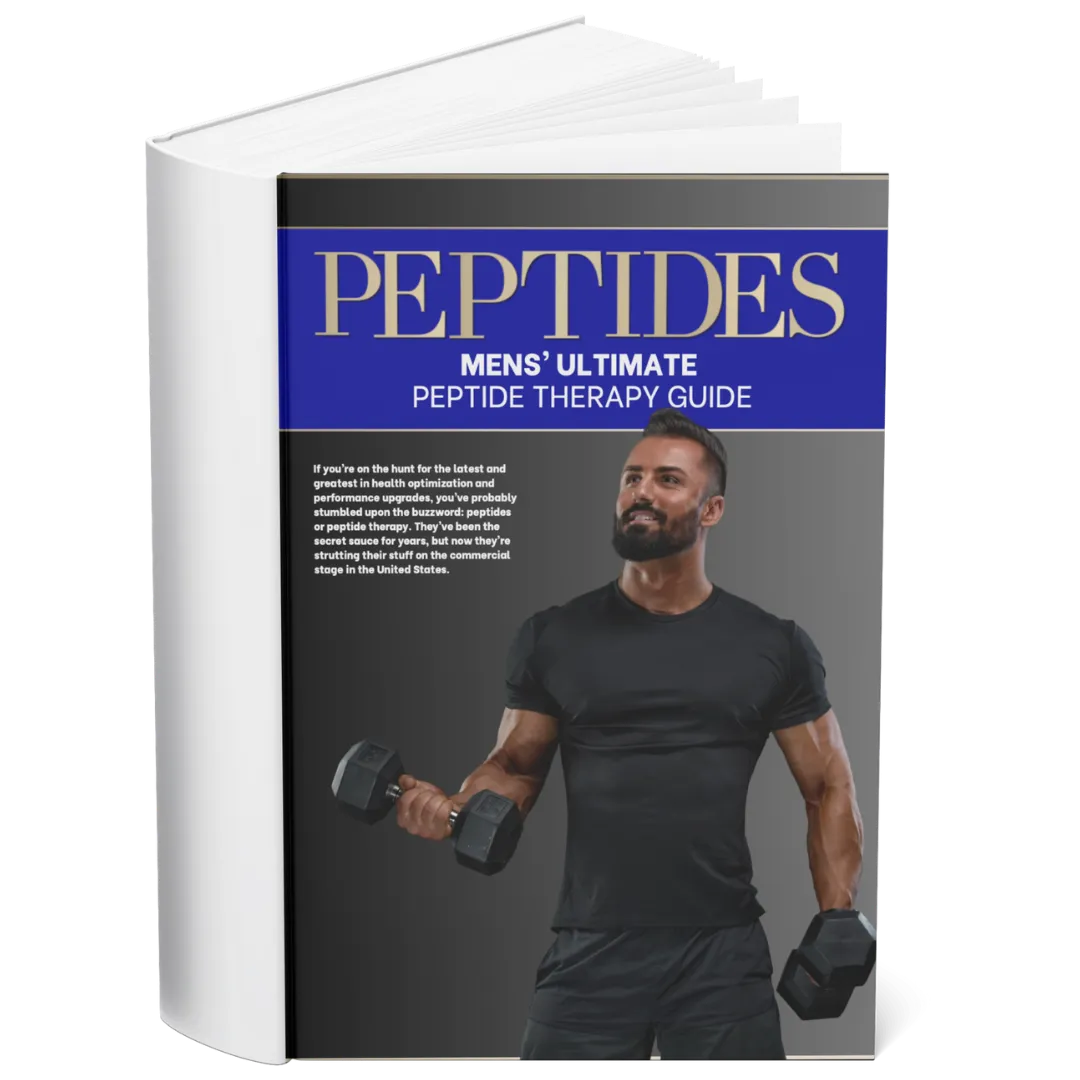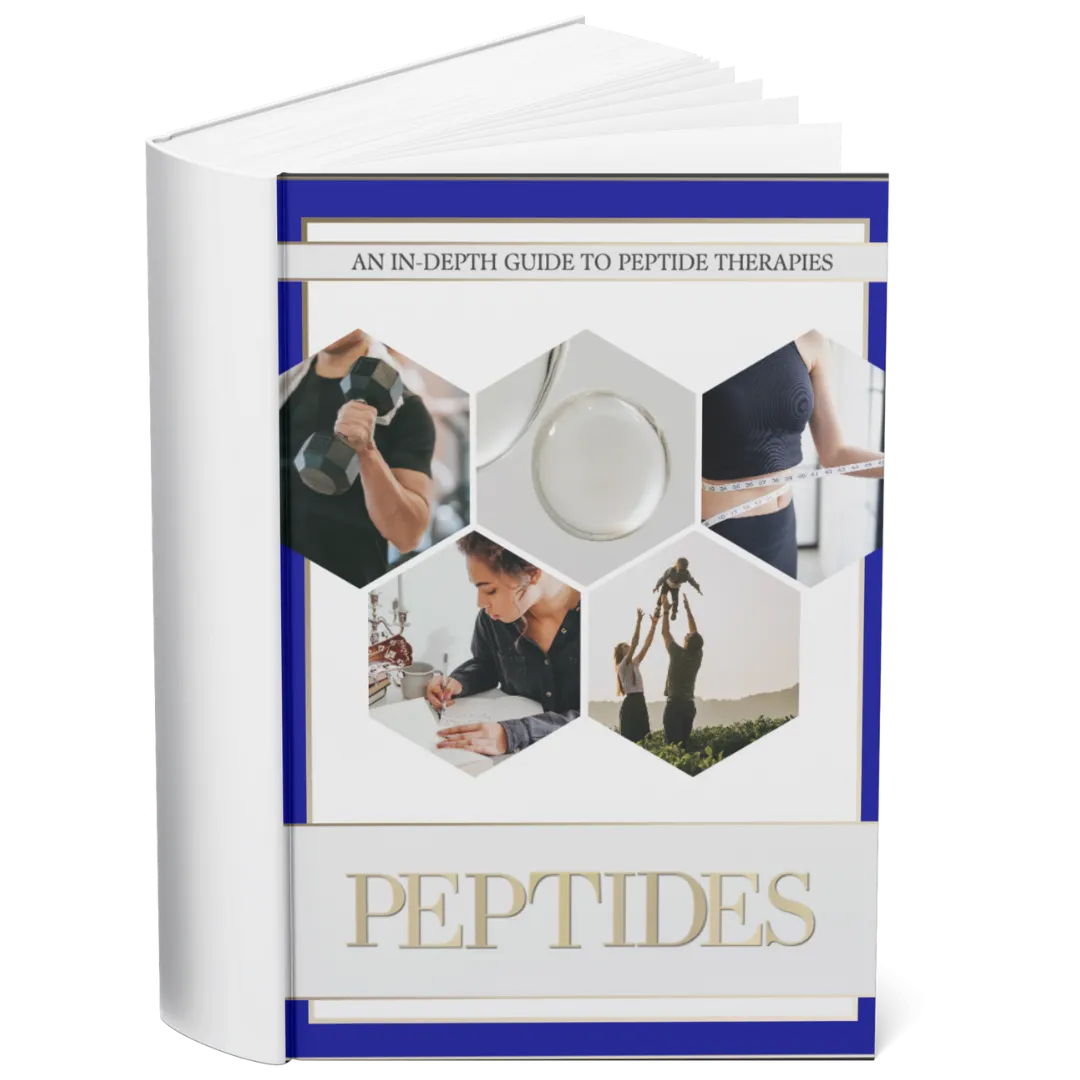My cart
Subtotal
$0.00
Total
$0.00




BPC-157 and TB-500: What the Research Really Says About Healing Peptides
BPC-157 and TB-500: What the Research Really Says About Healing Peptides
“BPC-157 shows promise in tissue repair and regeneration, but it remains an investigational compound with no FDA approval for medical use.”
Disclaimer: This is a publicly sourced quote, used for educational context only. (Dr. William Seeds, Board-Certified Orthopedic Surgeon)

Introduction
If you've ever Googled “healing peptides,” two names come up again and again: BPC-157 and TB-500.
They’re touted by athletes, wellness influencers, and even some physicians for their potential to speed up recovery, reduce inflammation, and support tissue regeneration. But what does the science actually say—and how safe are they to use?
This article breaks down what these peptides are, what the research suggests, and what you need to know before considering them. As always, Ryvéa’s mission is to help you navigate this complex space with facts—not hype.
What Is BPC-157?
BPC-157 stands for “Body Protective Compound-157.” It’s a synthetic fragment derived from a naturally occurring protein in the stomach. Research has focused on its potential to support:
Gut lining protection
Anti-inflammatory activity
Vascular healing and angiogenesis
Animal studies have shown that BPC-157 may accelerate healing in tendon injuries, gastric ulcers, and even nerve damage. However, it is not approved for human use and lacks large-scale clinical trials.
Research overview:
PubMed – BPC-157 in Tissue Healing Models
What Is TB-500?
TB-500 is the synthetic version of a natural peptide called Thymosin Beta-4, which is involved in tissue regeneration and cell migration.
It has been researched for:
Wound healing
Muscle recovery
Anti-inflammatory effects
Cardiac tissue protection in animal models
Like BPC-157, TB-500 is classified for research use only and is not approved for clinical or therapeutic application in humans.
Study reference:
NIH – Thymosin Beta-4 in Tissue Repair
What the Research Really Says
Both peptides show promising results in animal models, but human studies are limited, preliminary, or anecdotal.
What we know:
BPC-157 has been shown to accelerate tendon and ligament healing in rats and may reduce gastric damage.
TB-500 has been studied in contexts like eye trauma, heart repair, and muscle recovery—but mostly in animals.
There is no FDA approval for either compound, and the evidence base is not strong enough to support widespread use in humans at this time.
Clinical review summary:
Examine.com – BPC-157 Profile
Safety and Legality
Because both BPC-157 and TB-500 are sold as research-use-only peptides, they come with serious considerations:
No dosage standardization
Variable purity from online vendors
Limited human safety data
Potential for contamination or improper use
Using these peptides without supervision or from unverified sources can pose real health risks—even if the science sounds compelling.
Why Are They So Popular?
BPC-157 and TB-500 have gained popularity through:
However, anecdotal success stories are not substitutes for clinical evidence. Ryvéa encourages all consumers to evaluate both the science and the sourcing when considering any peptide.
How Ryvéa Approaches Healing Peptides
At Ryvéa, we:
Do not sell or promote any injectable peptides
Focus on third-party testing, documentation, and transparency
Offer educational tools to help you understand what you're exploring
You’ll never see Ryvéa promise healing, curing, or medical outcomes. Instead, we give you the facts and support you need to learn more safely and responsibly.
Download Our Free Peptides 101 Ebook
Conclusion – What You Can Do Next
BPC-157 and TB-500 are two of the most studied healing peptides—but their status remains experimental and unapproved. While they may be part of tomorrow’s recovery toolbox, today they require careful thought, research, and responsible sourcing.
If you’re curious about peptides that may support recovery or tissue health in the future, start with education and clarity—not shortcuts.
Final Thoughts
Healing peptides are an exciting area of research—but they’re not miracle cures. At Ryvéa Labs, we’re here to help you explore with intelligence, curiosity, and caution. Because the best results come from the smartest decisions.

For Research Purposes Only
Company
Resources
Legal
Follow Us
Copyright 2026. Ryvèa Labs . All Rights Reserved.








